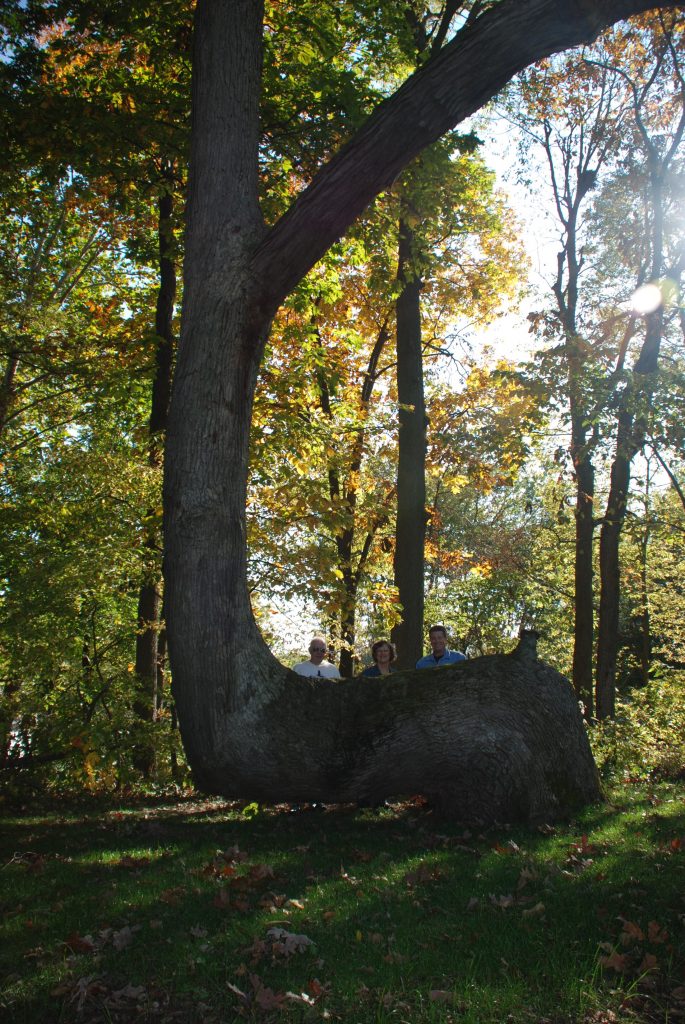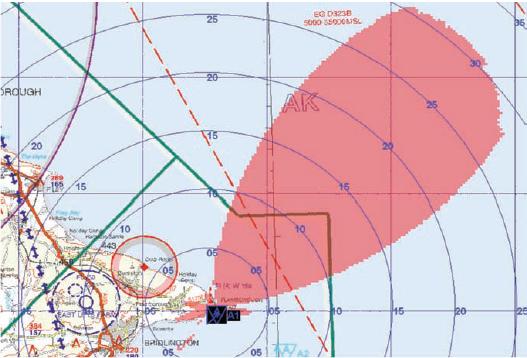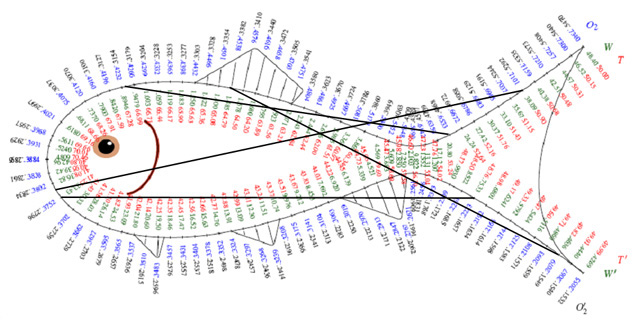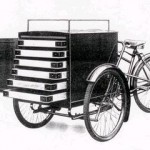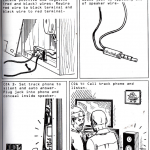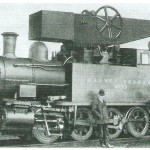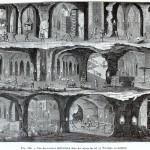Trail Marker Trees were an ancient form of land and water navigational aids, as well as a marking system to denote areas of significant importance such as ceremonial sites. These trees were used by many, if not all, of the Native American tribes and later by fur traders and early pioneers. The Trail Marker Trees differed in their appearance and formation from tribe to tribe and from region to region. Examples of these trees have been found all across the United States and throughout Canada.
One unique characteristic of the trail marker tree is a horizontal bend several feet off the ground, which makes it visible at greater distances, even in snow. Researcher Dennis Downes was first introduced to the Trail Marker Trees as a young boy and was influenced by his own Native American relative. Mr. Downes has spent nearly thirty years of his adult life in the field locating, documenting, and educating others about these historical icons. See and read more on his website: Great Lakes Trail Marker Tree Society. There’s also a Wikipedia page on the topic.
Via Roel Roscam Abbing. Image: Trail Marker Tree in White County, IN known as ‘Grandfather’. CC BY-SA 3.0.
